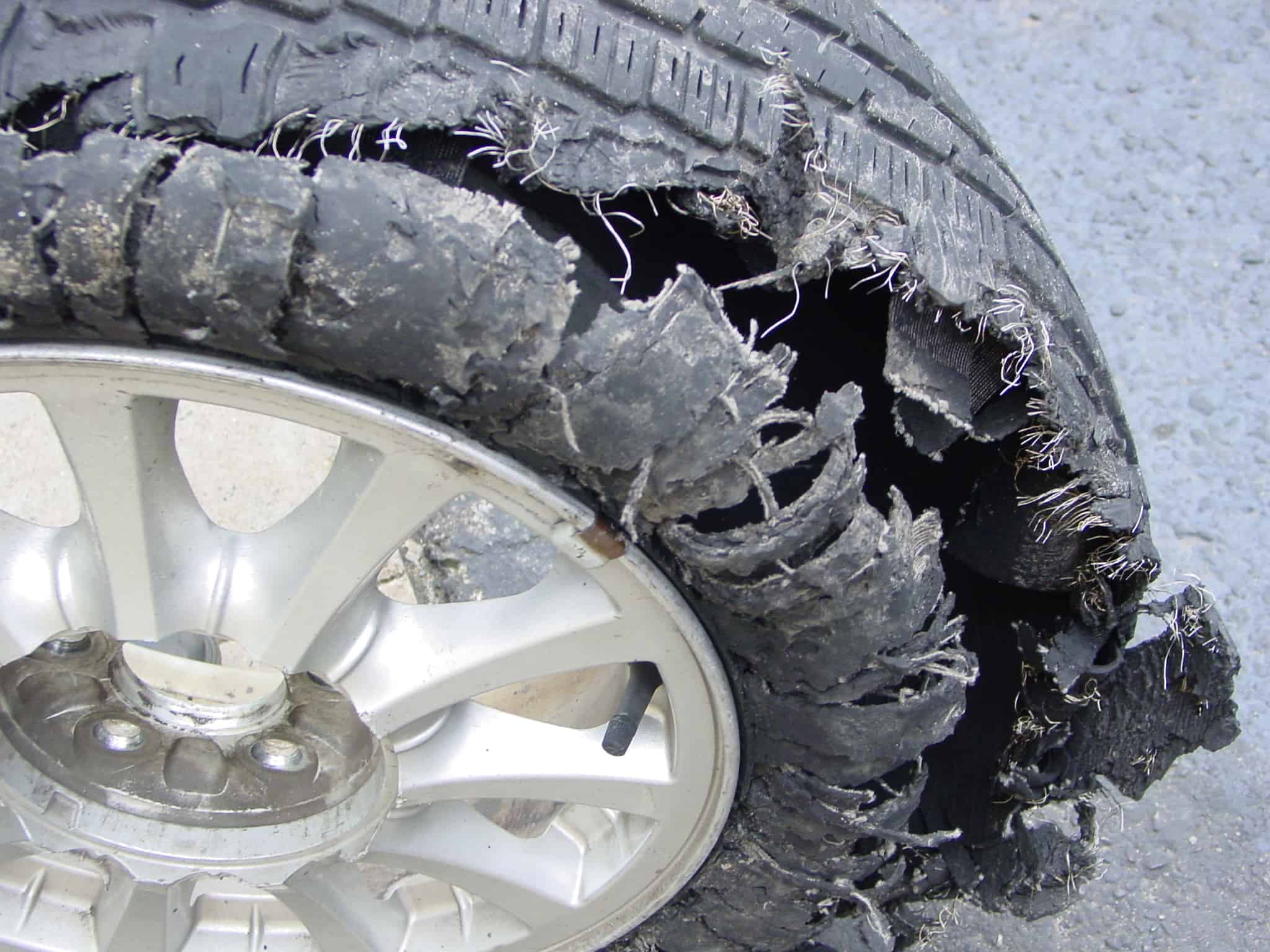
Why is it important to know 4 wheel alignment cost?
Tire or wheel alignment is a service that corrects the angles of your wheels according to the manufacturer’s specifications. It ensures that for the best performance, both the front and rear wheels are at similar angles and directions so that as much of the surface area of the tire is contacting the road surface. Tire tracking is as important as having your car’s oil changed when it comes to car maintenance, and any regularly used car or truck will benefit from the regular tire or wheel alignment checks.
Tires can become misaligned over time or if they suffer a knock or impact. Vehicles with bad wheel alignment aren’t great to drive either, because the car won’t drive straight, the ride will be more unstable, and tires wear out quicker. Worse still are the chances of causing suspension damage, which could be costly. Your fuel economy will be worse because the misaligned wheels could cause more drag.
Any of the following issues such as the uneven wearing of tires, shaking from a steering wheel or one which doesn’t sit straight, squealing from the tires, increasingly worse gas mileage, or even the vehicle pulling to one side indicates that you need to book your vehicle in for a four-tire alignment.
The costs involved in having car tires aligned may surprise some, particularly for a job that might not seem necessary to replace tires. However, it’s a price worth paying that will save you hundreds, if not thousands of dollars in tire and suspension in the long run. It’s often the case that replacement parts aren’t required when your car’s tires are replaced, but it does require special equipment and a mechanic with the expertise to carry out the alignment.
It’s effortless to knock the steering out of alignment while driving. If you drive over a pothole at speed or need to drive up a curb, any of the aforementioned issues above can affect your vehicle. If this happens, the life of the tires will decrease as they will wear on one of or both of the outer edges, and the way that the vehicle handles on the road will also be affected – in some cases, making it a risk to you and your passengers.
What is included in a four-wheel alignment?

When you’re aware your car or truck needs to have a four-wheel alignment done at an auto repair shop, you may hear the mechanic talking about necessary adjustments to the following three parameters; camber, toe, and caster. When the wheels are misaligned, the positions are commonly referred to as toe-in, toe-out, positive camber or negative camber, and positive caster or negative caster.
- Toe-in and toe-out: If the front and rear wheels are closer or further apart, this is known as the “toe.” Cars and trucks all have different toe settings so that the wheels pull towards each other or apart. If your vehicle steers to one side, it could be that the toe alignment is incorrect.
- Negative camber and positive camber: The inward or outward tilt of a tire is the “camber,” and the parameters need to be adjusted to the manufacturer’s specifications. Adjustments are often required periodically because of how easy it is to knock out of alignment from damaged roads with potholes.
- Positive caster and negative caster – a less understood term in the wheel alignment process. It only occurs on the vehicle’s turning wheels and refers to the angle at which the suspension, steering axis, and wheel sit. If you imagine a front wheel and front suspension diagram being perfectly vertical – this is known as zero or neutral caster. However, a positive caster, where the front wheel hits the ground in front of the steering and suspension components, is the preferable angle to achieve. This is because of increased stability at speed in a straight-line plus handling and cornering performance. Only excessive positive caster is seen to affect tire wear.
By using the alignment equipment, the angle of all parameters needs to return to your vehicle’s manufactured specifications. First, the mechanic sets your steering wheel to its central position and then attaches clamps to each wheel. Reflections from the clamps are recorded by the computer and show what adjustments are needed. The changes are tested on an alignment rack, and the final step is to carry out a short test drive. This is to ensure that your car now handles correctly and is more stable. The mechanic will look out for any vibrations from the steering wheel, that the car tracks straight and that it handles as it should. The whole process usually takes around one hour, but it can take anywhere from 30 minutes to two hours, depending on the vehicle type.
Is the cost of wheel alignment covered by car insurance?
The quick answer to this is no because tire alignment is a requirement by the driver to keep their car maintained and in full working order. Insurance companies will not pay out for routine maintenance repairs, and they will typically only pay out for wheel alignment if your vehicle has been accident damaged.
This is because accident damage will likely affect the wheel alignment of all four wheels, and subsequently, the cost of this will be covered by the insurer as a precautionary measure, even if the car doesn’t need it. If a third party’s vehicle was involved in the accident, the insurer will also cover the wheel alignment cost.
If there was any decline in the coverage of the cost of wheel alignment by the insurance company, even if it was a small fender bender, we would recommend pushing for them to go ahead. If not, you could be left with higher bills in the future because the camber, caster, and toe could’ve been affected.
How much does it cost to get an alignment?

If you know your car or truck needs a wheel alignment, the cost of having it done depends on the type of vehicle you drive and which auto repair shop you have it repaired at. Some vehicle’s wheel alignments may take more labor time; the cost is higher if you have four-wheel alignment over having just the front wheels aligned. Some repair shops have higher labor costs, and the alignment technology ranges from the old fashioned to state of the art. So these factors need to be taken into consideration so that you can fully expect what to pay when the time comes for your vehicle to have tire alignment.
If you drive a specialist vehicle such as a performance or luxury car, you might find the job of aligning the wheels takes longer and costs more. This is because some vehicles need computers and specialist tools and that it can only be done at an official dealership.
As for where to go for cheaper tire alignment, think Costco or Walmart superstores with their own auto repair shops. Similarly priced quotes for tire alignment will come from chains such as Pep Boys, Discount Tire, Goodyear, and Firestone.
But if you want to have the job done correctly, you should probably invest a little more cash by taking your vehicle to a specialty alignment shop. The reason is this; they have better equipment for tire alignment, and they have more knowledgeable mechanics to carry out the job.
If you’ve bought a new car or truck, own one with a warranty or have an extended warranty, you may be able to have a free of charge tire alignment carried out by the selling company. Sometimes tire alignment is covered under specific terms if you’ve covered under a particular mileage. In other cases, if you’ve extended your warranty, some companies will pay for tire alignments for free. It’s always worth reading the small print.
Depending on where you live and the auto repair shop that carries out the tire alignment, the average cost of aligning either the front or rear wheels of most cars or trucks range from $50 to $100. Having all four tires aligned unsurprisingly means that you can double that figure from between $100 and $200. We recommend you spend the extra and have all four tires aligned for more peace of mind and a better driving experience.
Be wary, though, that this might not be all you’ll pay on your visit to have your tire alignment carried out. There may be other parts, such as suspension components, that need repair or replacement during your visit. These may affect the tire alignment outcome, or they may be unrelated but necessary repairs, such as a broken coil spring. You could add a few hundred dollars extra to the bill you were expecting if this was to happen.
Many mechanics recommend that tire alignment on all vehicles is carried out as regularly as every two to three years, but it should also be done when new tires are fitted on the car.








